Groundhog Day
According to a tradition imported from Europe and launched in the United States in 1887, February 2 marks the day that watchers can predict how much longer winter will last by observing the behaviour of the common groundhog (or woodchuck).
Tradition has it that on that date, if the groundhog sees its shadow, winter will last another six weeks. If, on the other hand, it doesn’t see its shadow, it means that spring has already arrived. So…what’s the deal here?
In winter, sunny days are usually colder. You might conclude that a cold Feb. 2 means that there are more cold days ahead. That said, it would be possible to apply the Groundhog Day tradition to any animal. In fact in Europe, the hedgehog and brown bear are the animals to watch on February 2, which is the fête de la Chandeleur: Pancake Day!
In the United States in the southern part of the groundhog’s distribution area, groundhogs can be active all winter and those that hibernate emerge in early February. In Canada, it would be surprising to see a groundhog exit its burrow that early.
Here the groundhog spends the winter in deep lethargy, from which it only escapes between the end of February through March or even April depending on the temperature and latitude.
During hibernation, the animal’s normal 37 body temperature drops to less than 4 and its heart rate goes from 130 beats a minute to five! Male adults come out of hibernation three to four weeks before females and are ready to mate as soon as the females leave the burrow.
In recent years, due to climate change, it’s been noted that the spring reproduction period of some animals has moved to earlier in the spring. Perhaps we’ll soon see groundhogs above ground from February 2.
The groundhog is one of the starring animals at Animalium, Mont-Tremblant’s zoological museum.
By the same author: Our cheeky Canada jay (Click the image below)

Jacques Prescott131 Posts
Jacques Prescott est biologiste, professeur associé à la Chaire en éco-conseil de l’Université du Québec à Chicoutimi. Spécialiste de la biodiversité et du développement durable, il est l’auteur de nombreux livres et articles sur la faune et la conservation de la nature. Il nous fait l’honneur de rejoindre notre équipe de collaborateurs et signera chaque mois une chronique intitulée Faune et flore. / Jacques Prescott is a biologist, associate professor with the Chair in Eco-Counselling of the Université du Québec à Chicoutimi. A specialist in biodiversity and sustainable development, he is the author of numerous books and articles about wildlife and nature conservation. He has honoured us by joining our team of contributors and will write a monthly column entitled Wildlife and Habitat.
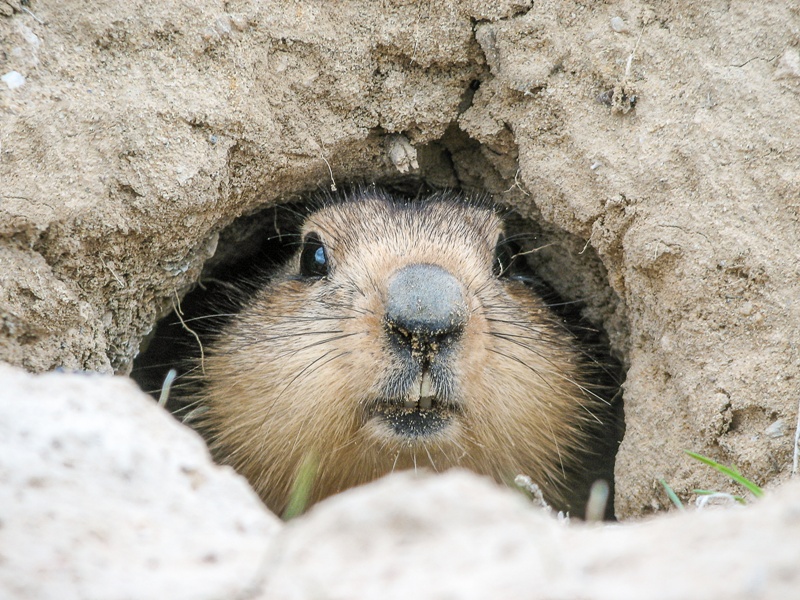
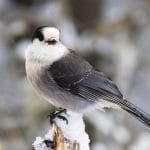


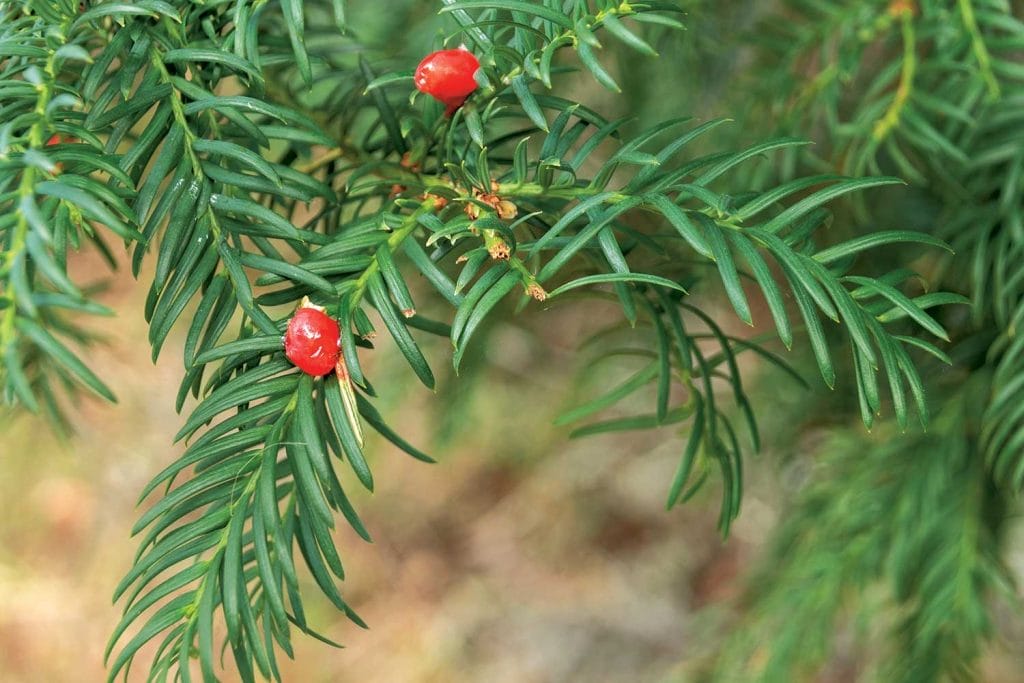
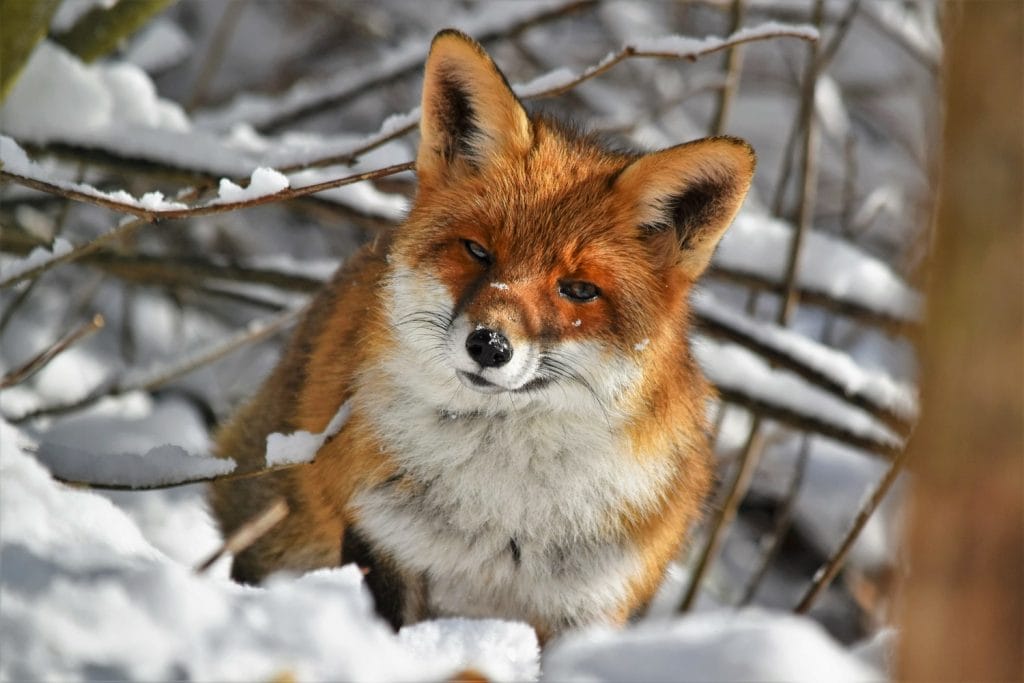
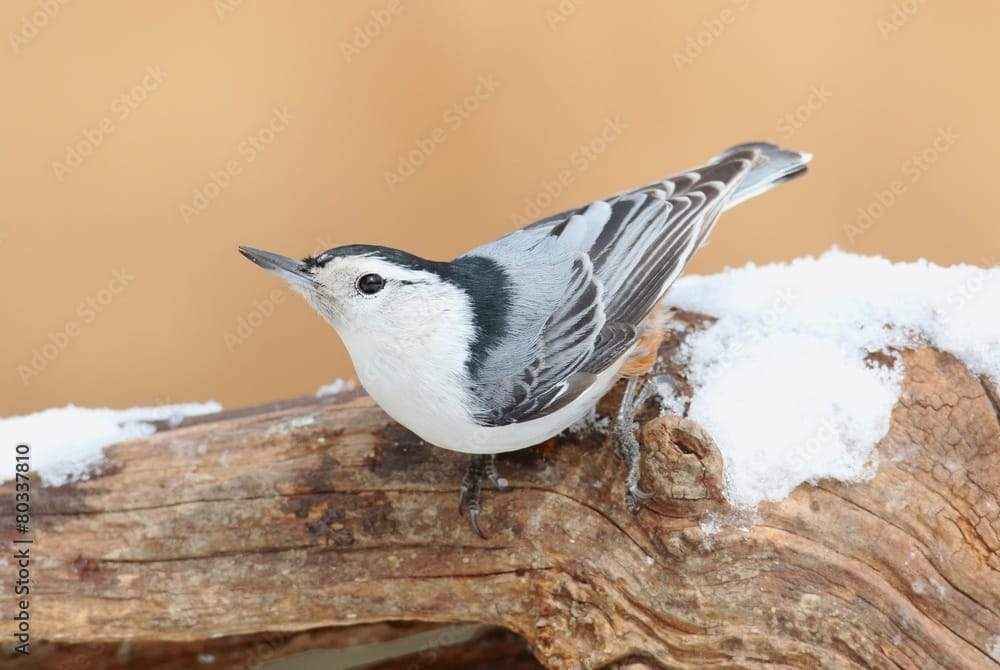
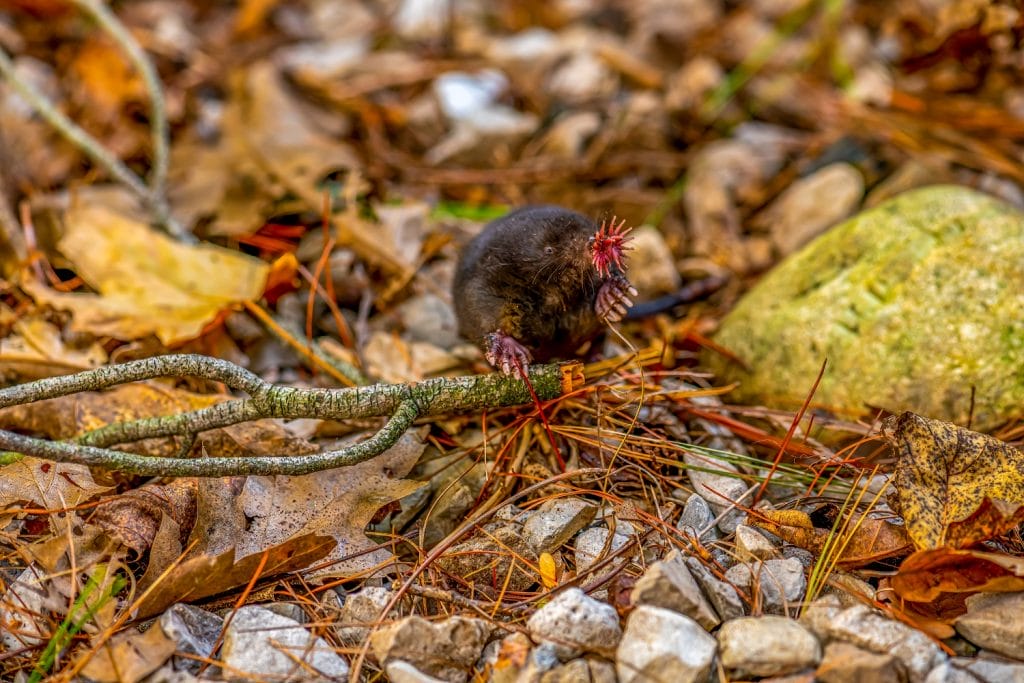
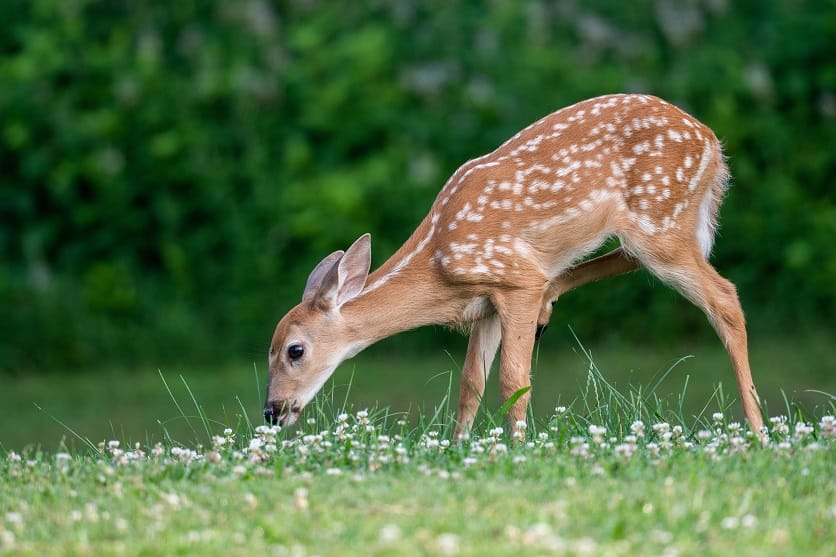
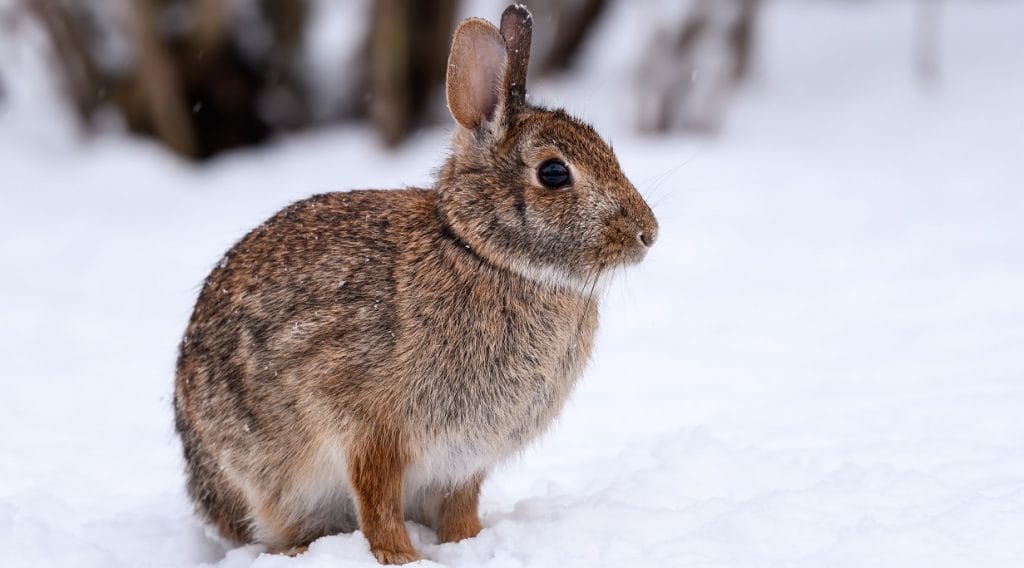
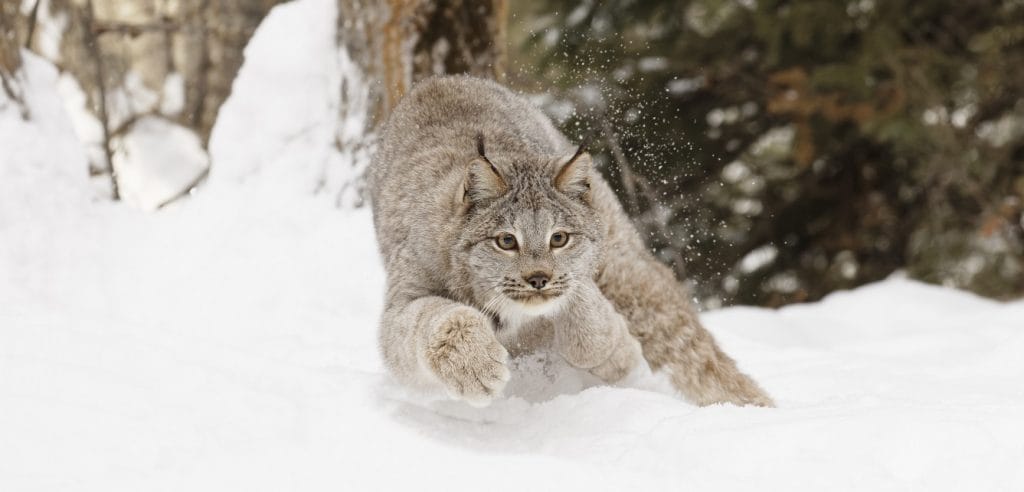
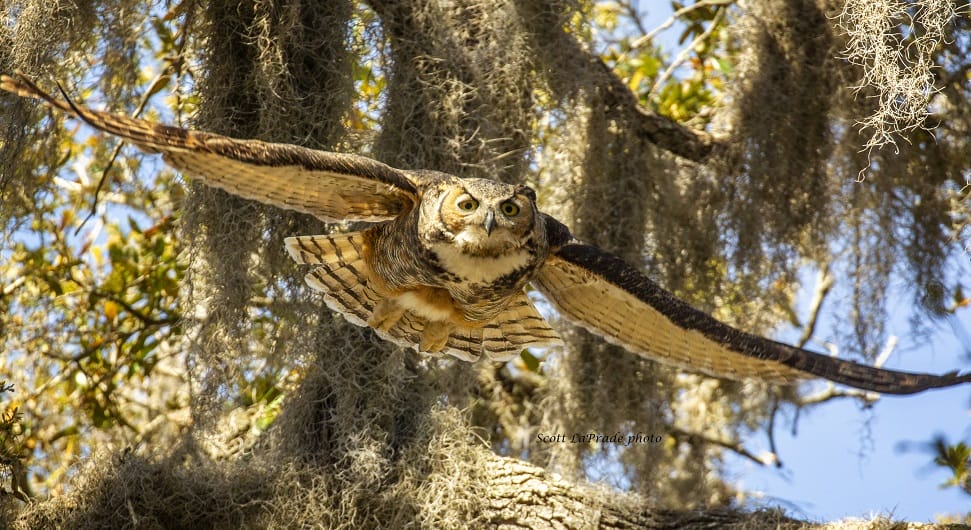
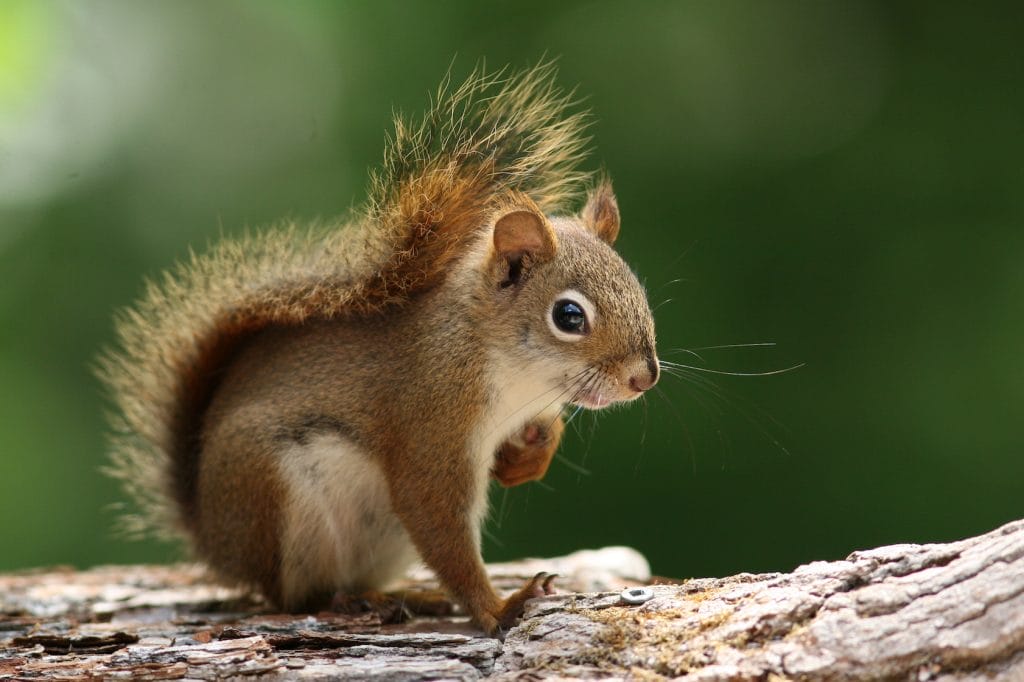
0 Comments